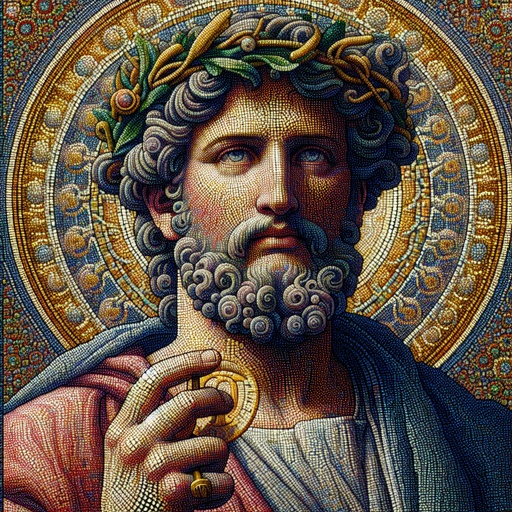The Beatitudes Artwork
Explore The Beatitudes through paintings, pictures, drawings, digital art, illustrations, wallpapers, photos, prints & more.

The Beatitudes as taught by Jesus, visually represented in a series of vignettes.

The Beatitudes as taught by Jesus, visually represented in a series of vignettes.

The Beatitudes as taught by Jesus, visually represented in a series of vignettes.

The Beatitudes as taught by Jesus, visually represented in a series of vignettes.

The Beatitudes as taught by Jesus, visually represented in a series of vignettes.

The Beatitudes as taught by Jesus, visually represented in a series of vignettes.

The enemy

The satan

The satan

The Trinity

The Trinity

The Trinity

The Trinity

The Trinity

The Trinity

The Holy Ghost

John 6:63

Mark of the Beast

Jesus on the throne

Jesus on the throne

Heaven in the sky

Heaven in the sky

Jesus on the throne

Jesus on the throne

Jesus on the throne

Jesus on the throne

Jesus on the throne

Jesus on the throne

Jesus on the throne

John 7:38